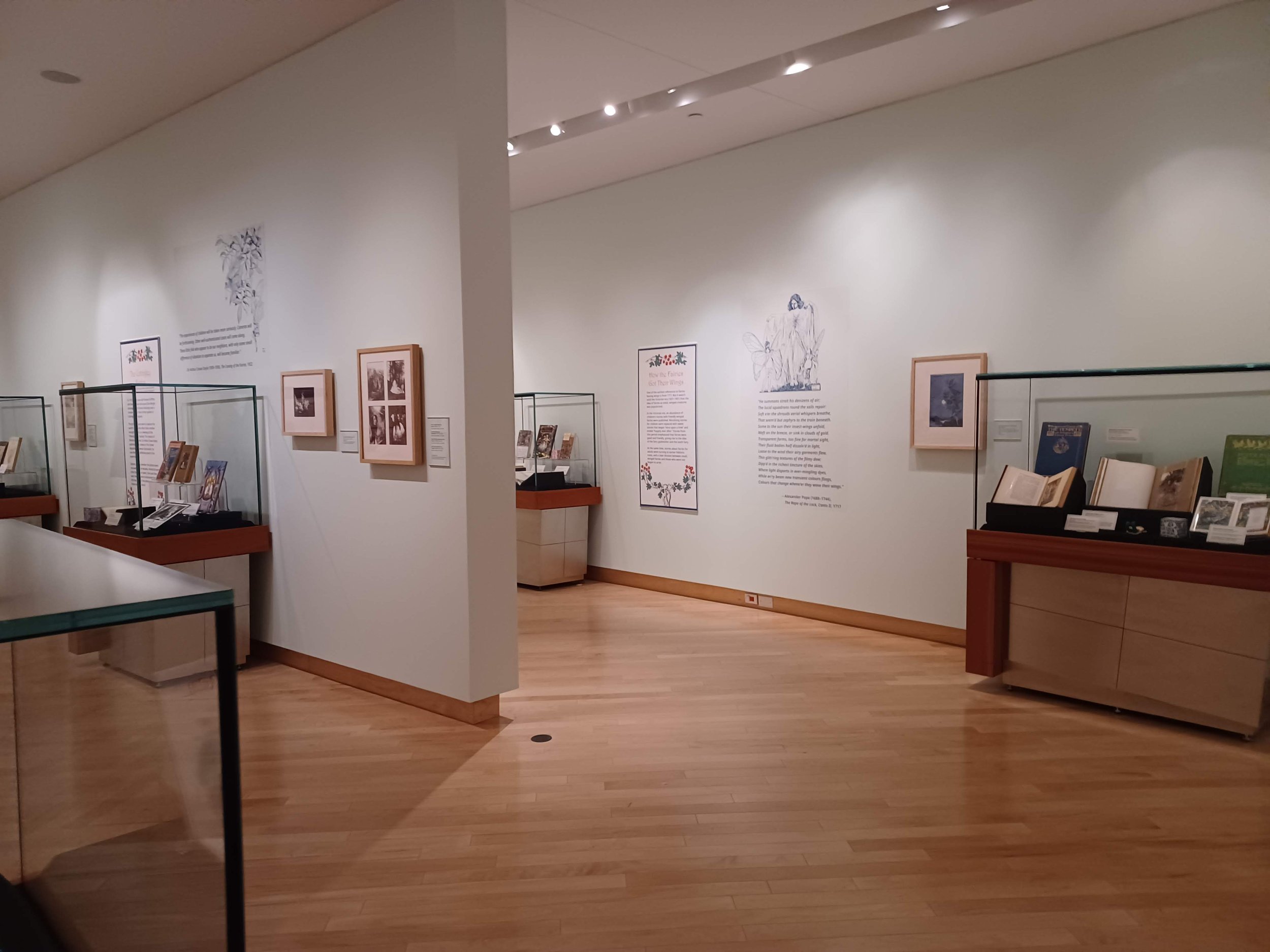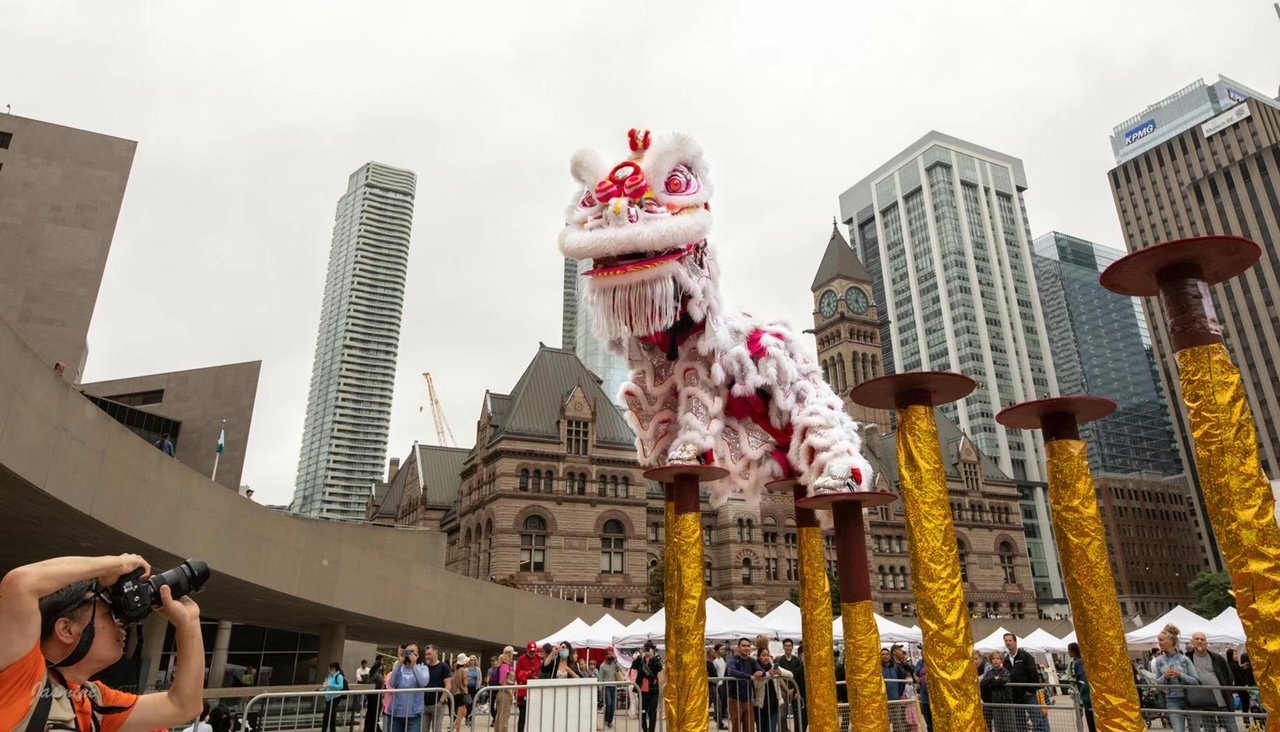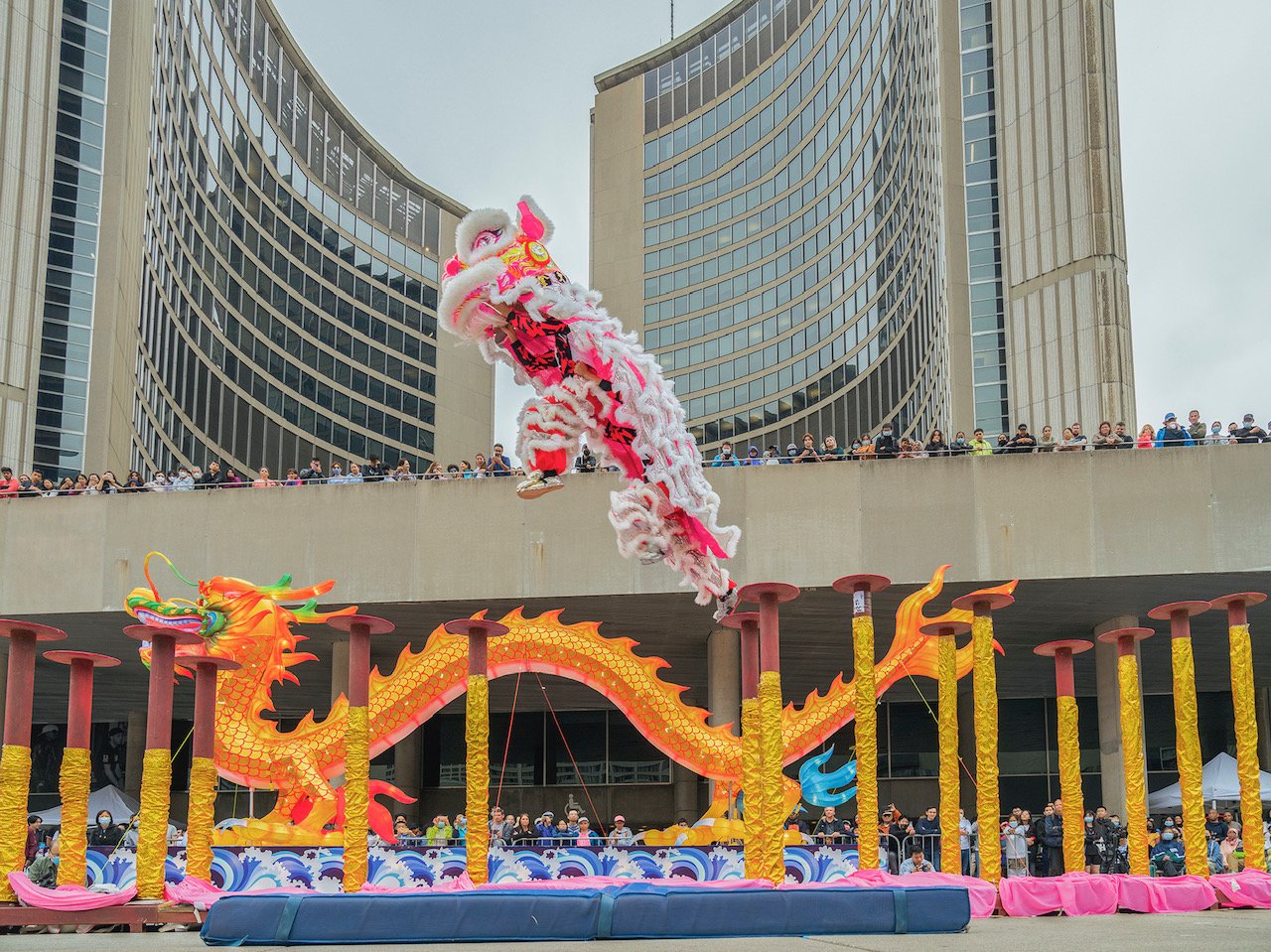Why not find a new retail therapy outlet?
By: Grace Moloy
(Sama Nemat Allah/CanCulture)
Toronto has a wide variety of shops to choose from when you want to buy vinyl, CDs and cassette tapes. So, to save you the hassle, I visited seven record stores across the city — all with their own unique reasons to go there to help build your collection.
But it’s really the people behind the counters who make the shops as eclectically appealing as they are, so while visiting these places, I asked each cashier for their essential album(s) upon meeting them at the counter.
Sonic Boom - 215 Spadina Ave.
Sonic Boom is open from 12 p.m. - 8 p.m. 364 days a year. (Grace Moloy/CanCulture)
Employee’s Essential Choice: Nocturne by Wild Nothing
Located in the Spadina area, Sonic Boom holds a wide genre selection spanning from jazz to punk and beyond. The store sells CDs, vinyl, cassette tapes, posters, music accessories and more. With an amazing atmosphere, great music playing and some friendly staff, it’s a lovely place to spend the day. I’ve found so many amazing albums here, including my most recent pick, Tidal by Fiona Apple.
Invisible City Record Shop - 222 Spadina Ave. Unit C4
Invisible City Record Shop is located in the lower courtyard of the Chinatown Centre complex. (Grace Moloy/CanCulture)
Employee’s Essential Choices: Aja by Steely Dan, Promise by Sade (really anything from Sade, she said) and Nightclubbing by Grace Jones
This spot is a vinyl collector's dream, featuring a wide selection of records that span the decades and a small curated selection of cassette tapes. The staff is very friendly and the place seems like a popular spot for DJs searching for tracks to accompany their next set. They sell all kinds of vinyl from Afrobeat to Dubstep. Invisible City has a great atmosphere with helpful staff, $5 vinyl bins and comfy chairs to listen to potential new pickups. You definitely should check this place out on a day trip!
Kops Records - 395 Queen St. W. and 209 Danforth Ave.
Kops has been buying and selling records since 1976. (Grace Moloy/CanCulture)
Employee’s Essential Choice: Tago Mago by Can
Kops has two Downtown Toronto locations, as well as one in Oshawa, Ont. When I first walked into the 395 Queen St. W. location, I was amazed at the range of selection — I spotted newer albums like And in the Darkness, Hearts Aglow by Weyes Blood and vintage records like Kind of Blue by Miles Davis. This location has a basement stocked with seven-inch single records and even more vintage vinyl. If you're searching to build the foundation for your vinyl collection, I’d recommend you start here.
Cosmos Records - 607a Queen St. W. and 652 Queen St. W.
Cosmos is ranked #056 on Vinyl Factory’s world’s best record shops list. (Grace Moloy/CanCulture)
Employee’s Essential Choice: Low by David Bowie
Also found at the heart of Toronto’s Queen St. West strip, this cute spot is a staple for music lovers and collectors. The layout of the area, along with the really friendly staff, really made my experience here top-notch. There was an upstairs section where you can look out over the entire store, which included a DJ setup. There are so many genres to skim through — I even spotted a ‘Japanese Hip-Hop’ section. Cosmos sells mostly vinyl, with the exception of a tiny CD rack in one corner of the store. This is a great spot for DJs looking for tracks and music lovers fiending for another ‘70s deep cut.
Shortstack Records - 1006 Dundas St. W.
Shortstack Records won NOW: Toronto’s Best Record Store in 2021. (Grace Moloy/CanCulture)
Employee’s Essential Choice: Marquee Moon by Television
Shortstack Records is a tiny shop with a great selection just outside of Trinity Bellwoods Park. One of my favourite parts of their collection is the soundtrack section where I found the Moonrise Kingdom soundtrack and fangirled a bit. This is a smaller shop but is worth the trek out of downtown. Come by and find a gem for yourself!
Dead Dog Records - 1209 Bloor St. W., 568 Church St. and 256A Queen St. W. (inside Black Market Underground)
Dead Dog opened their doors in 2015 and they currently have three locations. (Grace Moloy/CanCulture)
Employee’s Essential Choice: Fun House by The Stooges
Dead Dog’s Church Street location is a place I tend to frequent. They sell apparel, CDs, vinyl, cassette tapes and tote bags featuring classic rock bands. They have a broad selection of vinyl from Avril Lavigne to David Bowie to The White Stripes and everything in between. A personal highlight is their selection of used CDs at amazing prices; I’ve picked up so many gems here!
Paramusic Records - 68 Dundas St. E.
Paramusic has been an independent record store since 1995. (Grace Moloy/CanCulture)
Employee’s Essential Choice: Kind of Blue by Miles Davis
Paramusic Records is a personal favourite of mine. While selling the usual finds in a record store, it’s still a fun, little store to get lost in for the day. I’ve found some of my favourite CDs here (Post by Björk and Sgt. Pepper's Lonely Hearts Club Band by the Beatles!). They have a great selection and great deals!
While Toronto has so many great music stores to choose from, these are some of my favourites. I will endlessly recommend anyone to start collecting vinyl, CDs or cassette tapes. I think owning physical music is very special, especially if your love for music is as tangible as the records themselves. If you’re in Toronto, I hope you check out one or all of these spots!





























































